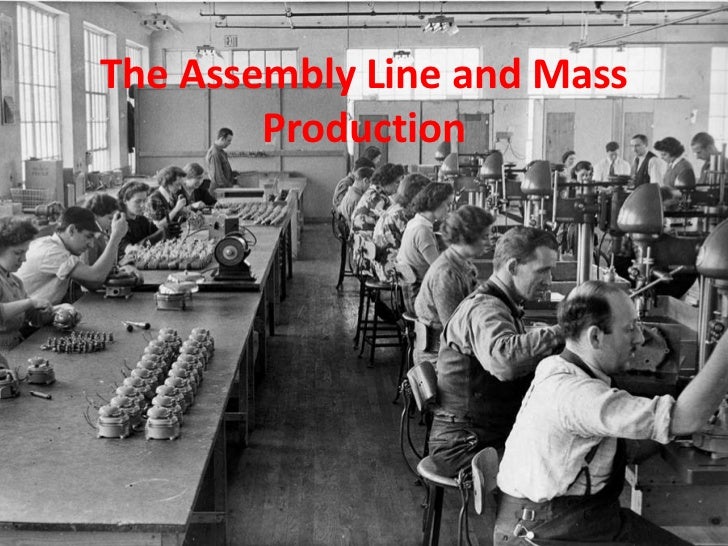Professor Victoria Vesna’s lecture
video from this week covers how mechanization and mass production have
influenced the art world and our lives. Professor talks about how invention of
the printing press allowed the mass production of books which led to the
widespread of bibles and knowledge. Professor also mentions how Ford’s idea of
assembly lines allowed the mass production of automobiles. Both examples have
similarities in that mass production led to significant increase of
accessibility of arts, which are books and cars, to the public.


Walter Benjamin, a philosopher,
cultural critic and essayist, criticizes in “The Work of Art in the Age of
Mechanical Reproduction” that the art work has its own “aura” and the use of
technology and mechanical reproduction of art weakens the uniqueness, the authenticity
and the aura of the original art piece. However, Douglas Davis has conflicting
opinions compared to Walter Benjamin. He
believes that there is no longer clear distinction between the original and the
copy.
With the significant development
in technology, we as a society were able to experience the high accessibility
to art works as technology allowed the mechanization of producing art work,
which then allowed mass production and reproduction of art works. I agree with Benjamin that original work of
art possesses aura and it has tremendous value for just being the original and
I believe that is why famous art works are traded or bought and sold in hefty
price. However, with developed technology, society could access well-known
drawings, music, films and all the other art works in many different ways. We can
search the drawings on the internet and appreciate various different pieces of
drawings. We can buy the reproduced art works on the wall at our home. We can buy
and listen to music on Apple music or spotify and we could enjoy watching TV clips or
movies on YouTube or Netflix. So, I believe even if the value and uniqueness of
the art works may have been compromised by the mechanization and mass
production of arts, the majority of the society will appreciate it, because mass
production has helped reducing the price that people have to pay to get the
access to the art works and now almost everyone can enjoy art works at cheaper
costs.
Benjamin, Walter. "The Work of Art in the Age of Mechanical Reproduction." Marxists. 1936. N.p. Web. 23 Apr 2017
Davis, Douglas. "The Work of Art in the Age of Digital Reproduction (An Evolving Theses: 1991-1995)." Leonardo 28.5 (1995): 381-86 Web. 23 Apr 2017
erinlord. "The Assembly Line and Mass Production Presentation. SlideShare. LinkedIn Corporation, 11 Dec 2011. Web. 23 Apr 2017
"How to embed a video in your newsletter" MailPoet. Help Scout. 22 July 2016. Web. 23 Apr 2017
uconlineprogram. "Robotics intro" Online video clip. YouTube. YouTube. 26 Mar 2012. Web. 23 Apr 2017
uconlineprogram. "Robotics pt1" Online video clip. YouTube. YouTube. 15 Apr 2012. Web. 23 Apr 2017
uconlineprogram. "Robotics pt2" Online video clip. YouTube. YouTube. 15 Apr 2012. Web. 23 Apr 2017
Ward, Brad. "Apple Music Review." Talk Android. N.p. 3 Mar 2016. Web. 23 Apr 2017
"What are problems with Mass Production?" LinkedIn. LinkedIn, 7 Aug 2014. Web. 23 Apr 2017

I definitely think the trade-off between the amount of people who get to enjoy it versus the amount it's reproduced is worth it. As an artist, I think it's better that more people get to see your work and to get that exposure and to possibly inspire others with your creation.
ReplyDelete